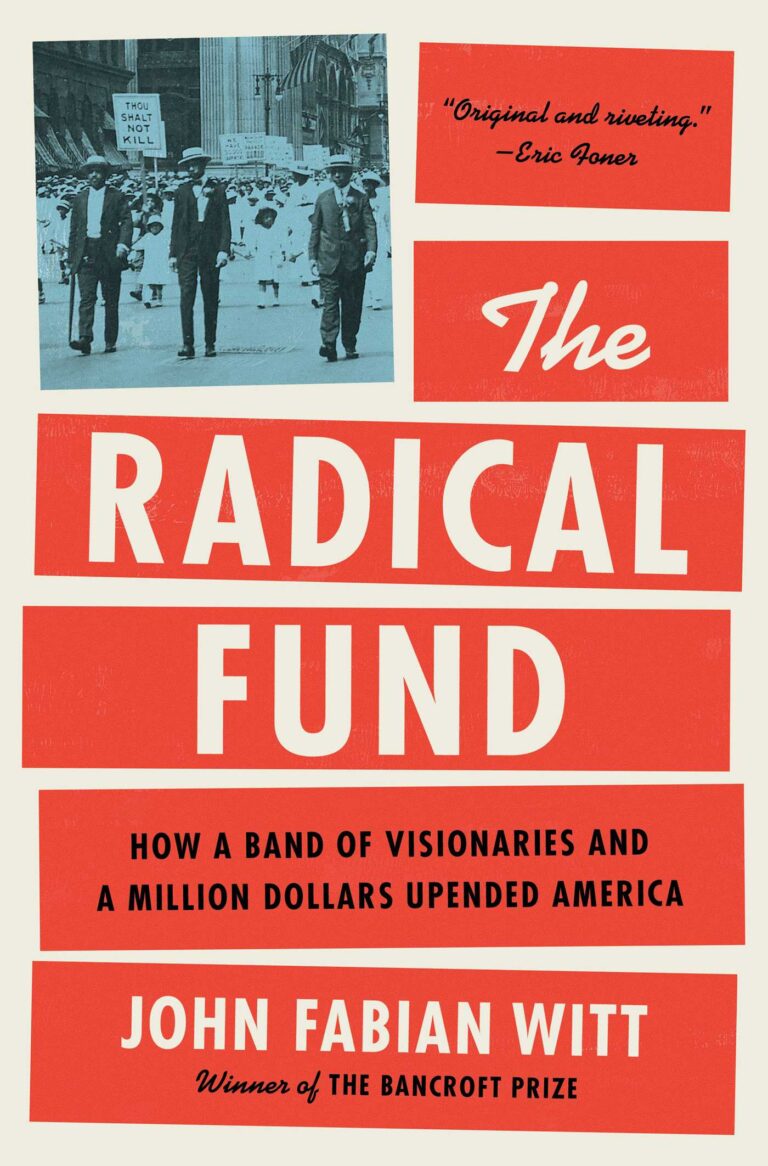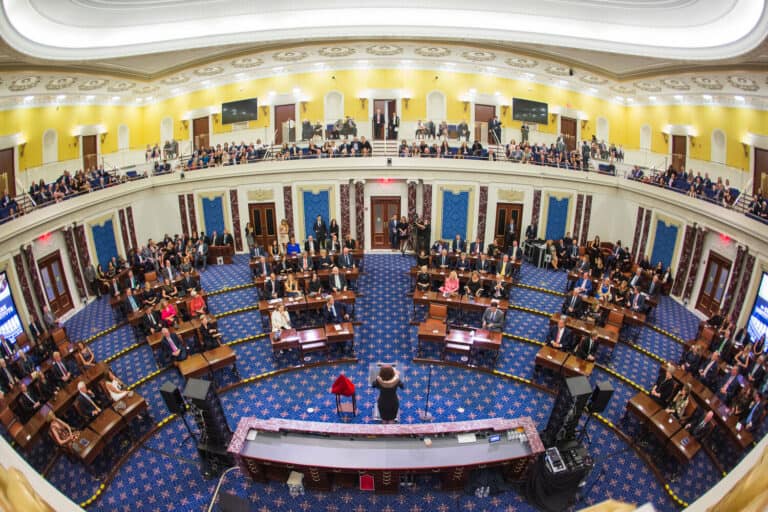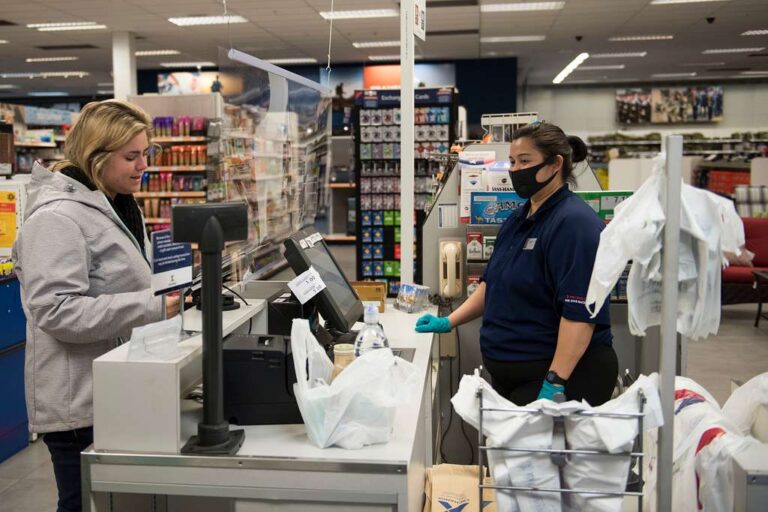
Rund Khayyat is a student at Harvard Law School.
Today the U.S. began a historic vaccine rollout, with the first three million doses going to high-risk health care workers and nursing home residents around the country. Hospitals in all 50 states rushed to set up injection sites as shipments of the Pfizer-BioNTech vaccine began arriving at hospitals this morning. 145 sites are set to receive the vaccine on Monday, 425 on Tuesday and 66 on Wednesday. The shipments have brought many workers a reason for optimism as virus rates continue to rise steadily and the nation’s death toll nears 300,000.
The next hurdle for hospitals is to rapidly vaccinate millions of doctors, nurses, and other at-risk health workers such as janitors, food handlers, and security guards — and then to do it all over again for the second round of doses in three weeks. Moreover, the first, limited delivery of vaccinations is not enough to serve all of the healthcare workers who are exposed to the virus every day. And, because the vaccine is expected to cause side effects like fevers and aches, hospitals must stagger vaccination schedules among workers. The George Washington University Hospital, for instance, chose to prioritize vaccine distributions on Monday using an algorithm based on its workers’ ages, underlying health conditions, and extent of virus exposure at work.
Though many hospitals are not currently mandating staff to receive the vaccine, some health care workers, and particularly those of color, are worried about getting it so soon. The Detroit Free Press Newspaper, for instance, revealed that some Michigan nurses are concerned about whether enough research has been done on the vaccine’s effects on minority communities. One nurse, who is Black, told the paper that the nurses’ concerns have been “voiced in several different meetings with upper management [in the Henry Ford Health System], with the CEOs and the president: they’re fully aware that nursing staff feels as though they don’t want to be somebody’s science experiment, or a guinea pig.”
A September survey by the Center for Disease Control and Prevention (CDC) found that “63% of health care personnel reported that they would be likely to get a COVID-19 vaccine….,” and another survey of nurses in October found that “63% were confident a COVID-19 vaccine will be safe and effective, while 34% would voluntarily receive COVID-19 vaccine if not required.”
Workers’ concerns reveal a critical weakness in the American at-will employment system. Numerous legal blogs have begun publishing articles informing American workers, the vast majority of whom work “at-will,” meaning they can be fired at any time for any reason, that employers can, indeed, mandate the vaccination. National Law Review, for example, analogized to the law surrounding the flu vaccine and pointed out that, in the absence of state or federal law to the contrary, employers may require employees to get vaccinated from the flu. However, the Equal Opportunity Commission (EEOC) has emphasized that an employee may be exempt from a mandatory vaccine if the employee has a disability covered by the Americans with Disabilities Act (ADA) that prevents them from taking the vaccine. Additionally, an employee may be excused from the vaccine mandate under the religious accommodation provision of Title VII of the Civil Rights Act of 1964.
After the first round of vaccines goes to health-care workers, the federal rollout plan designates the subsequent wave of vaccine rollouts to essential workers needed to maintain basic services. This group, named “1B,” spans professions including grocery-store workers, bus drivers, teachers and utility workers. Leaders of other essential industries are now competing to convince public health workers that their workers are more essential than others in keeping the economy running, while facing high exposure risks, in order to receive priority access to the shots. This is a story to continue watching over the next few weeks, because state governors have the final say on which American workers receive vaccine doses — meaning the priority line could vary widely by state.






Daily News & Commentary
Start your day with our roundup of the latest labor developments. See all
November 5
Denver Labor helps workers recover over $2.3 million in unpaid wages; the Eighth Circuit denies a request for an en ban hearing on Minnesota’s ban on captive audience meetings; and many top labor unions break from AFGE’s support for a Republican-backed government funding bill.
November 4
Second Circuit declines to revive musician’s defamation claims against former student; Trump administration adds new eligibility requirements for employers under the Public Service Loan Forgiveness program; major labor unions break with the AFGE's stance on the government shutdown.
November 3
Fifth Circuit rejects Thryv remedies, Third Circuit considers applying Ames to NJ statute, and some circuits relax McDonnell Douglas framework.
November 2
In today’s news and commentary, states tackle “stay-or-pay” contracts, a new preliminary injunction bars additional shutdown layoffs, and two federal judges order the Trump administration to fund SNAP. Earlier this year, NLRB acting general counsel William Cowen rescinded a 2024 NLRB memo targeting “stay-or-pay” contracts. Former General Counsel Jennifer Abruzzo had declared that these kinds […]
October 31
DHS ends work permit renewal grace period; Starbucks strike authorization vote; captive-audience ban case appeal
October 30
Sweden’s Tesla strike enters its third year; Seattle rideshare drivers protest Waymo’s expansion in the city.